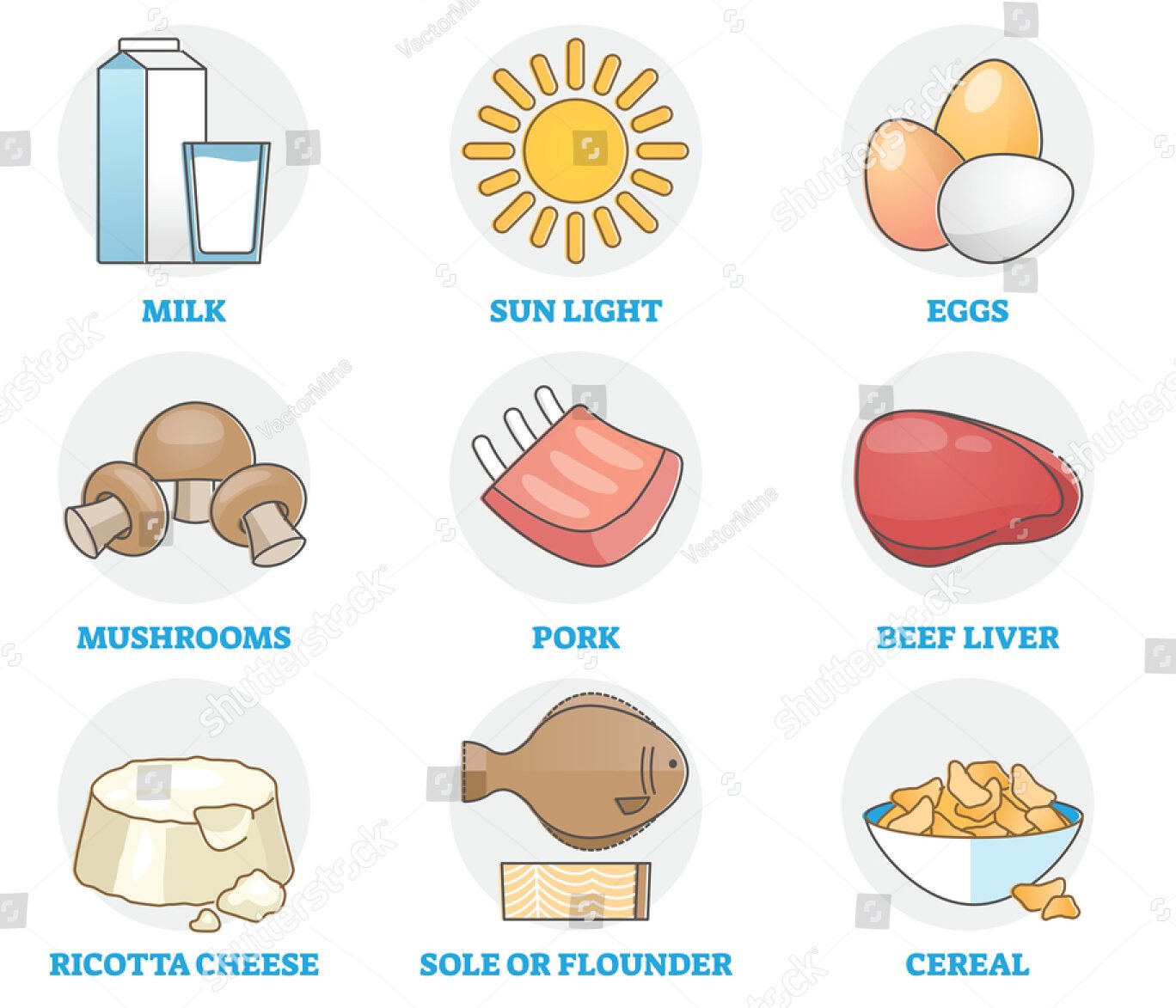Why Is Vitamin D Deficiency So Common?
We’ve all heard that sunlight gives us Vitamin D. But despite living in sunny regions like India, studies reveal that nearly 90–95% of the Indian population has a Vitamin D deficiency.
If sunlight is so readily available, why is this deficiency so widespread?
In this article, we’ll explore:
-
What is Vitamin D?
-
Why is it important for your health?
-
What happens if you’re deficient?
-
How does Vitamin D protect against diseases like diabetes, depression, cancer, and tuberculosis?
-
How much sunlight exposure is needed?
-
How much Vitamin D do you actually need?
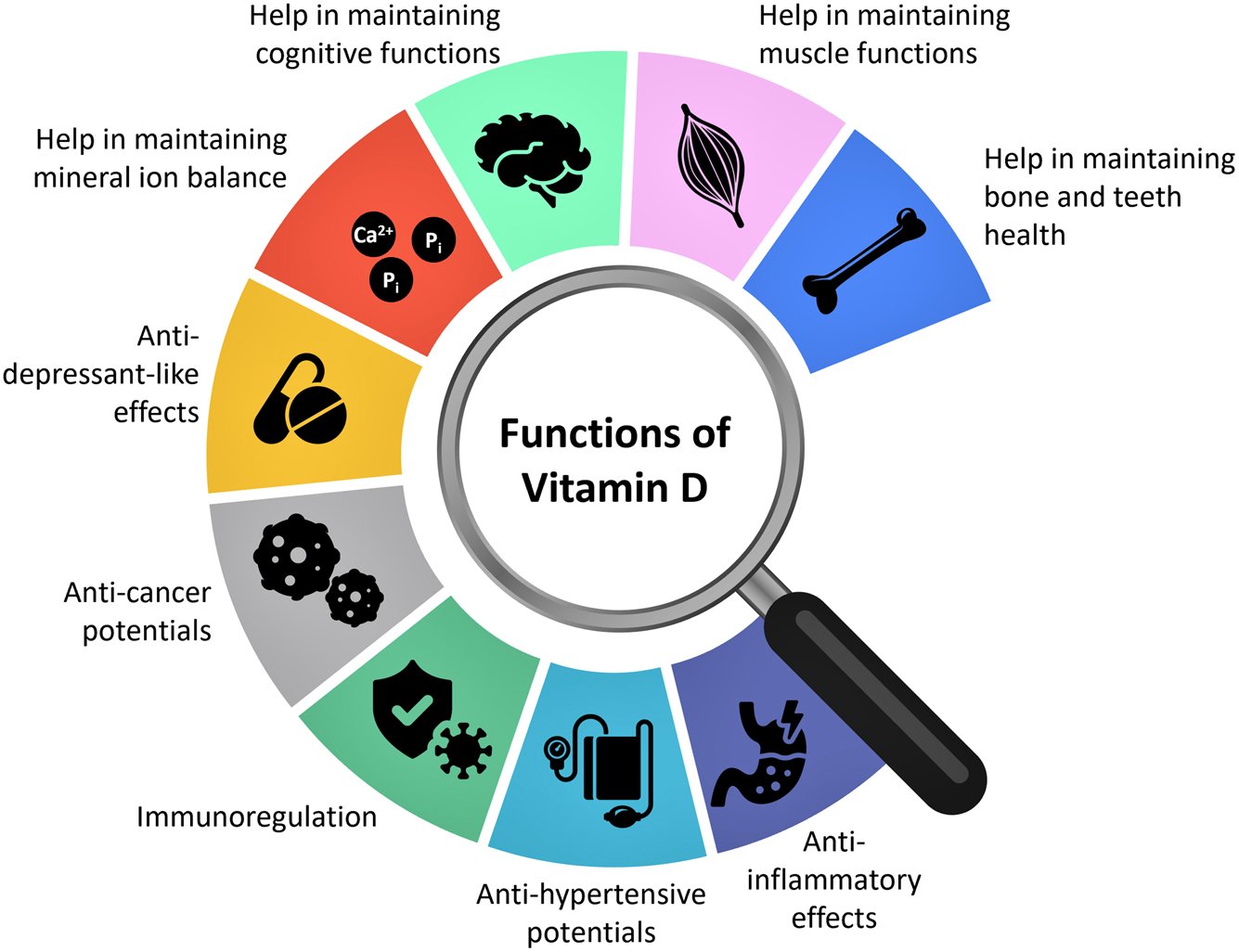
What Is Vitamin D?
Vitamin D is often referred to as the “sunshine vitamin” because it is produced in our body when our skin is exposed to sunlight. But it’s more than just a vitamin—it acts as both a nutrient and a hormone.
How Is Vitamin D Produced?
Contrary to the common belief, we don’t directly absorb Vitamin D from sunlight. Instead, ultraviolet B (UVB) rays from the sun interact with a compound in our skin called 7-dehydrocholesterol, which then gets converted into Vitamin D. This process is completed with the help of the liver and kidneys.
What Does Vitamin D Do?
Vitamin D plays a wide range of roles in maintaining overall health:
Bone and Muscle Health
-
Supports calcium and phosphate absorption.
-
Strengthens bones and teeth.
-
Helps with proper bone mineralization.
-
Prevents bone deformities and fractures.
-
Improves muscle function and strength.
Disease Prevention
Vitamin D acts like a shield against various diseases:
-
Diabetes
-
High blood pressure
-
Tuberculosis
-
Heart disease
-
Certain cancers
-
Autoimmune diseases (like multiple sclerosis)
-
Mental health issues (e.g., depression, schizophrenia)
What Happens If You Have a Deficiency?
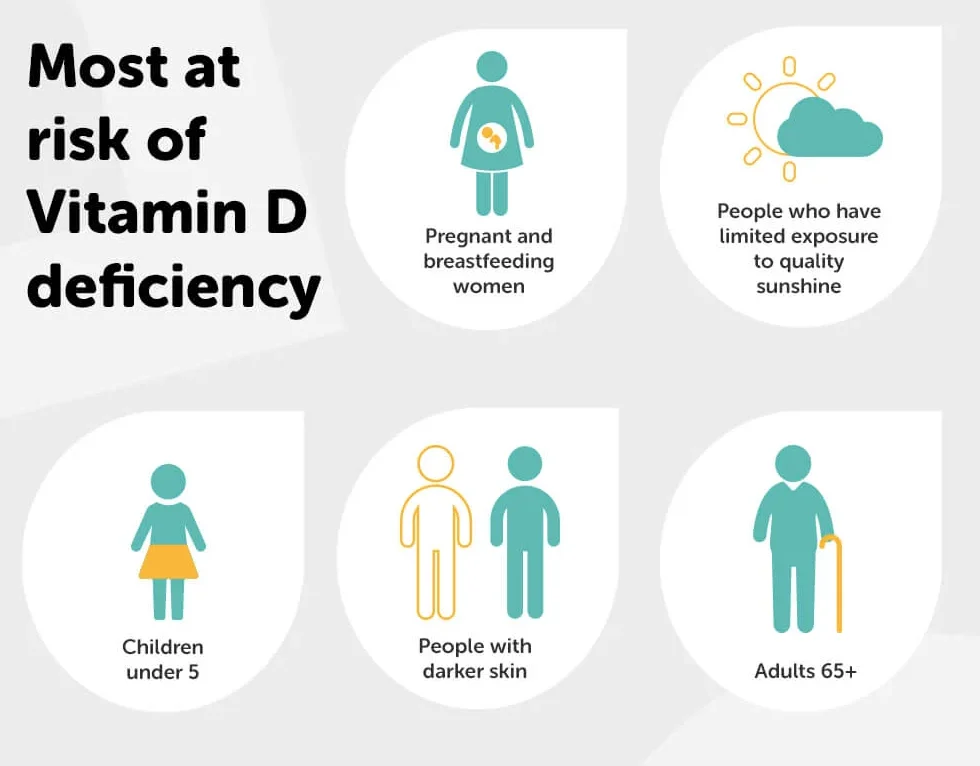
In Children
-
Rickets: Soft, deformed bones.
-
Growth issues and bowed legs.
In Adults
-
Osteoporosis and osteomalacia (brittle bones).
-
Increased risk of bone fractures.
-
Chronic fatigue, muscle weakness, and bone pain.
-
Difficulty performing daily tasks like walking or climbing stairs.
Who Is at Risk of Vitamin D Deficiency?
Several groups are more likely to develop low Vitamin D levels:
People with Limited Sun Exposure
-
Those who stay indoors most of the time.
-
Individuals who wear full clothing outdoors.
People in Polluted Cities
-
Air pollution blocks UVB rays from reaching the skin.
Sunscreen Users
-
Sunscreen with SPF 8 or higher can block Vitamin D synthesis.
Elderly and Overweight Individuals
-
Fat cells store Vitamin D and make it less available in the body.
People with Darker Skin
-
Higher melanin levels reduce the skin’s ability to produce Vitamin D.
People with Liver or Kidney Disorders
-
These organs are essential for Vitamin D conversion.
High-Altitude Dwellers
-
Reduced UVB penetration leads to poor Vitamin D synthesis.
How Much Vitamin D Do You Need?
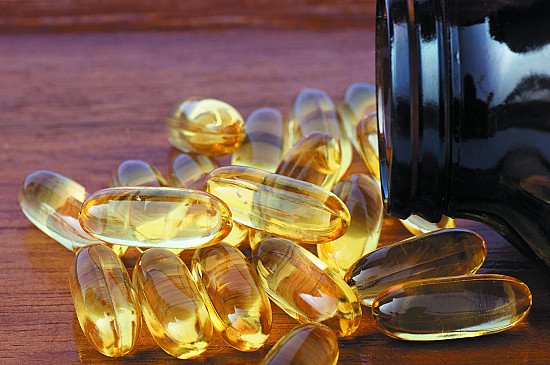
Vitamin D is a fat-soluble vitamin, meaning your body stores it for a long time.
Recommended Daily Intake:
-
600 IU/day for adults, teenagers, and pregnant/lactating women.
-
800 IU/day for people over 70 years.
Best Sources of Vitamin D
1. Sunlight (Primary Source)
Vitamin D is naturally produced when your skin is exposed to UVB rays.
2. Dietary Sources
-
Fatty fish (e.g., salmon, tuna)
-
Egg yolks
-
Fortified dairy products and cereals
3. Fortified Foods
-
Many packaged products like milk, yogurt, and cereal are fortified with Vitamin D.
Important Note:
Food alone may not fulfill your daily requirement. Regular sun exposure is essential.
When and How to Get Vitamin D from Sunlight
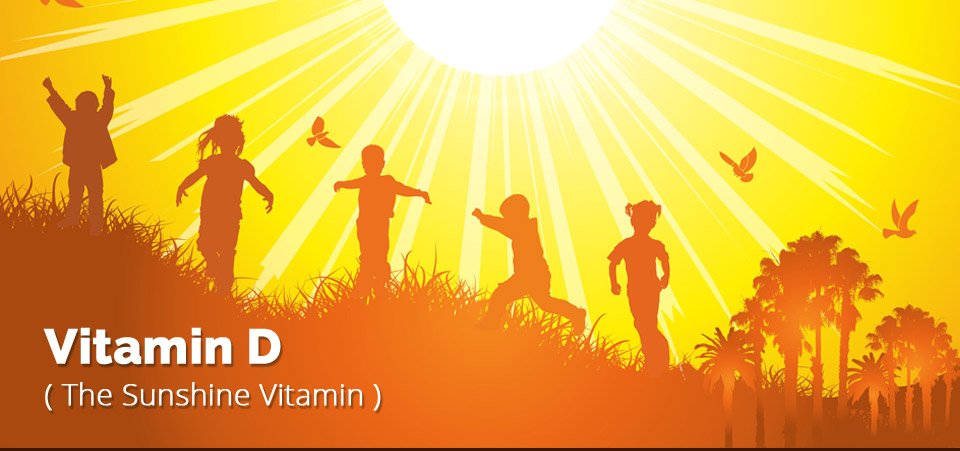
Best Time for Sunlight Exposure
-
Between 10:00 AM and 3:00 PM, especially during the summer months.
How Much Sunlight Is Needed?
-
Expose your bare skin (arms, face, legs) for 15 minutes to 1 hour per day.
-
Fair-skinned individuals need less time, while darker skin may require longer exposure.
-
Ensure direct contact with the sun—not through glass or plastic.
-
Avoid sunscreen during this time for better absorption.
Did You Know?
Sun exposure that slightly reddens the skin can generate 10,000–25,000 IU of Vitamin D, which can be stored in the body for 20–40 days.
Vitamin D from Sunlight vs Supplements
Vitamin D made by your body from sun exposure lasts longer in the bloodstream than vitamin D obtained through supplements or food.
Still, excessive sun exposure can increase the risk of skin cancer in fair-skinned individuals, so limit your time in the sun wisely.
Final Thoughts
Vitamin D isn’t just another nutrient—it’s a crucial hormone-like compound that supports your bones, muscles, immune system, and protects you from chronic illnesses.
While food and supplements help, the best and most natural source is sunlight. Try to get at least 15 to 30 minutes of direct sun exposure daily to stay healthy and prevent deficiency.
